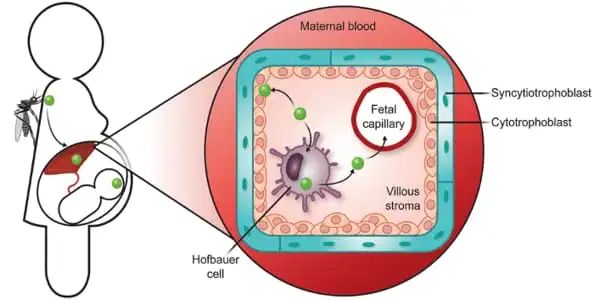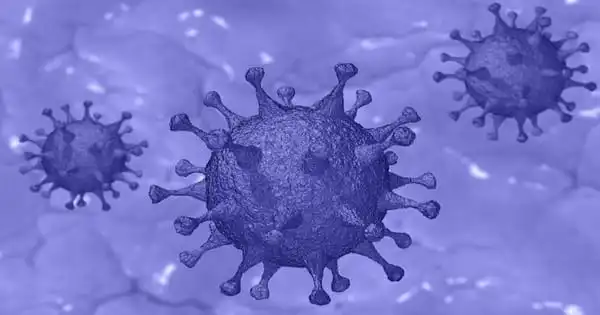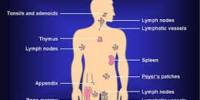Scientists have discovered a key mechanism used by the Zika virus to evade the antiviral response of the cell it is attacking in a new study. This discovery contributes to a better understanding of how viruses infect cells, overcome immune barriers, and replicate – information that is critical for fighting them.
The world is now familiar with SARS-CoV-2, but there are more than 200 virus species capable of infecting humans and causing disease. And they all want to do the same thing: invade the host cells, hijack each cell’s machinery, and reproduce. The human immune response system has multiple levels of robust defense, but many invading pathogens, as we are seeing now with the omicron variant, have a way to get through.
Northwestern University researchers have discovered a key mechanism used by the Zika virus to evade the antiviral response of the cell it is attacking in a new study. This discovery contributes to a better understanding of how viruses infect cells, overcome immune barriers, and replicate, which is critical for combating them.
Prior to SARS-CoV-2, the Zika virus was responsible for one of the most recent viral disease outbreaks, and there are no vaccines or drugs available to treat Zika disease.
While Zika is a simpler virus than SARS-CoV-2, SARS-CoV-2 does a lot of the same things to suppress the antiviral response, SARS-CoV-2 also does a lot more, which is why it’s more dangerous to us. Understanding how one virus escapes or modifies the host antiviral response may aid in our understanding of other viruses and contribute to pandemic preparedness.
Curt Horvath
The Northwestern study demonstrates how the virus suppresses interferon signaling, a key player in initiating the antiviral immune response, in order to gain access to the cells. The discovery of this specific virus-host interaction opens up a new avenue for antiviral therapy.
“Here, we looked at a Zika virus protein known to inhibit the antiviral response,” said the paper’s corresponding author, Curt Horvath. “The cell’s immediate response to an invader is interferon signaling. If Zika is able to bypass this first line of defense, it can replicate within the cell.”
Horvath and his colleagues investigate a virus’s ability to suppress the human antiviral response. He is a professor of molecular biosciences in Northwestern University’s Weinberg College of Arts and Sciences, as well as a professor of medicine and microbiology-immunology at the Feinberg School of Medicine.
The findings were recently published in the Journal of Virology.

“While Zika is a simpler virus than SARS-CoV-2, SARS-CoV-2 does a lot of the same things to suppress the antiviral response,” Horvath explained. “SARS-CoV-2 also does a lot more, which is why it’s more dangerous to us. Understanding how one virus escapes or modifies the host antiviral response may aid in our understanding of other viruses and contribute to pandemic preparedness.”
Zika, first identified in humans in 1952, is a member of the Flavivirus family, which also includes dengue fever, hepatitis C, yellow fever, and other diseases. The Northwestern study describes how the Zika virus uses a protein called NS5 to target a cellular antiviral immune response mediator called STAT2 in order to avoid detection by host cells. The virus’s NS5 protein degrades the host cell’s STAT2 protein, effectively shutting down the cell’s protective interferon response.
STAT2 is a critical component of the interferon response and a common target of Flaviviruses such as Zika and dengue. According to Horvath, the mechanistic machinery involved in specific STAT2 targeting in human cells is poorly understood. The Northwestern findings contribute to a better understanding of Zika virus immune evasion by identifying the critical NS5-STAT2 interface in cell-based functional experiments.
Horvath and his colleagues used molecular biology, biochemistry, and fluorescence microscopy techniques in combination with virus infections to characterize Zika virus-mediated immune evasion and dissect the critical components of the Zika virus-STAT2 interaction. The researchers show that a coiled-coil domain of the STAT2 protein is both required and sufficient for interaction with the Zika virus protein NS5, which tags STAT2 for proteasome-mediated degradation.
The discovery of the NS5 protein-STAT2 protein interaction opens up new avenues for fighting infection, such as compound screening and chemical biology to develop new probes and drugs, or to enable the development of new vaccines or antibody therapeutics.
















